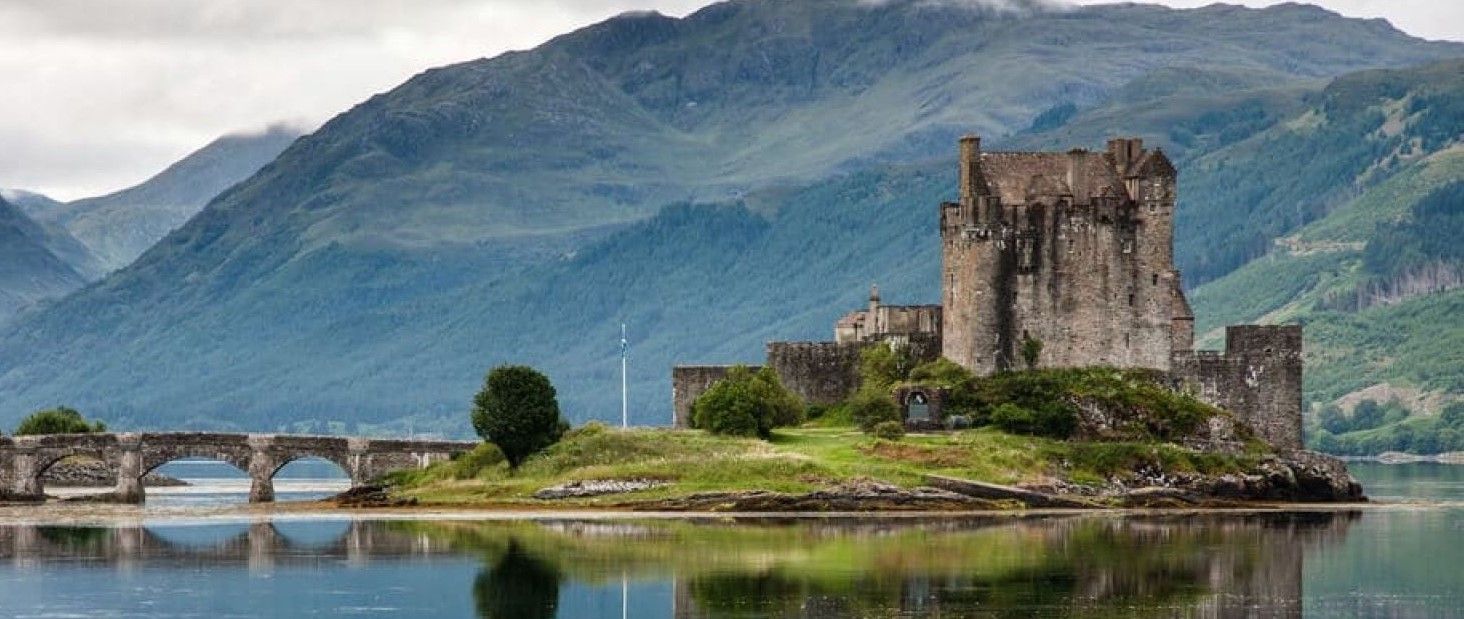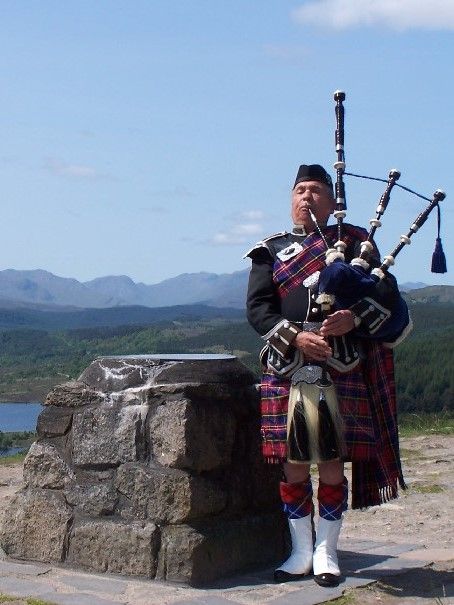
steiners-scotland-2023
vakantio.de/steiners-scotland-2023
BLOG 17: France / Calvados & Auxerre
Δημοσίευσε: 06.07.2023
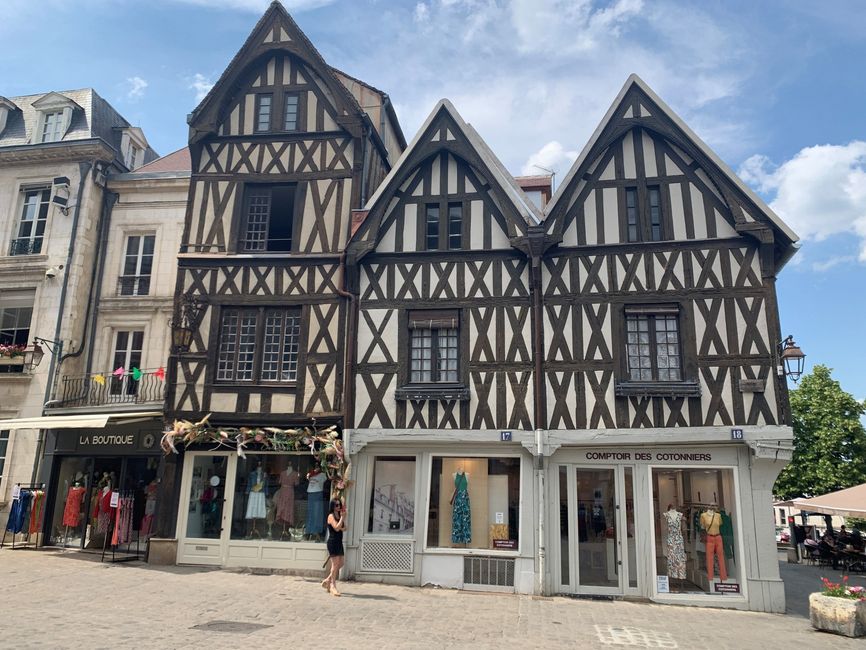
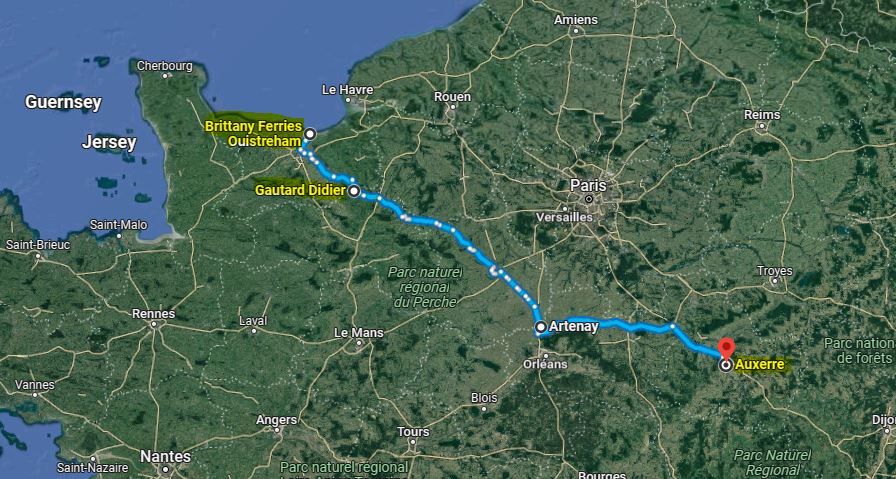
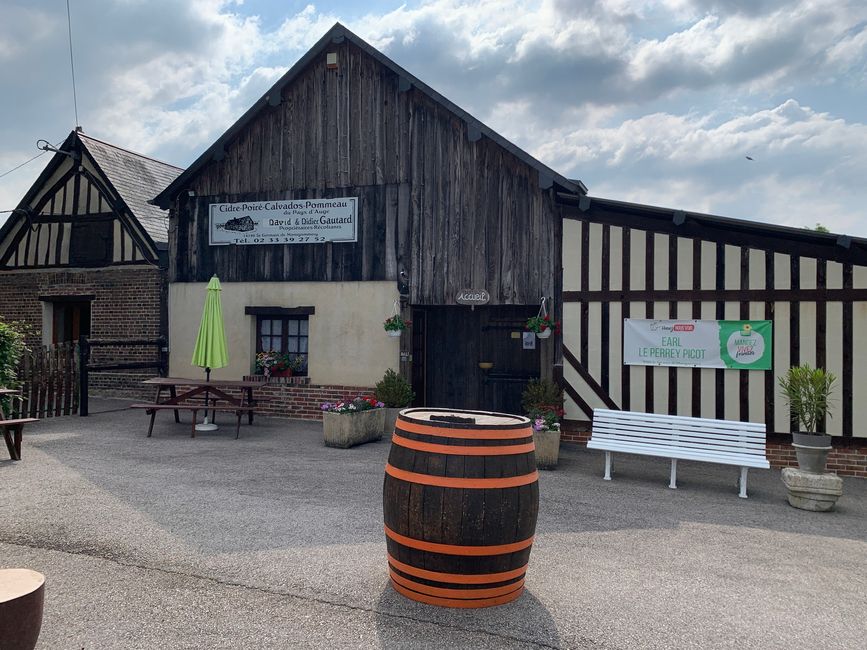
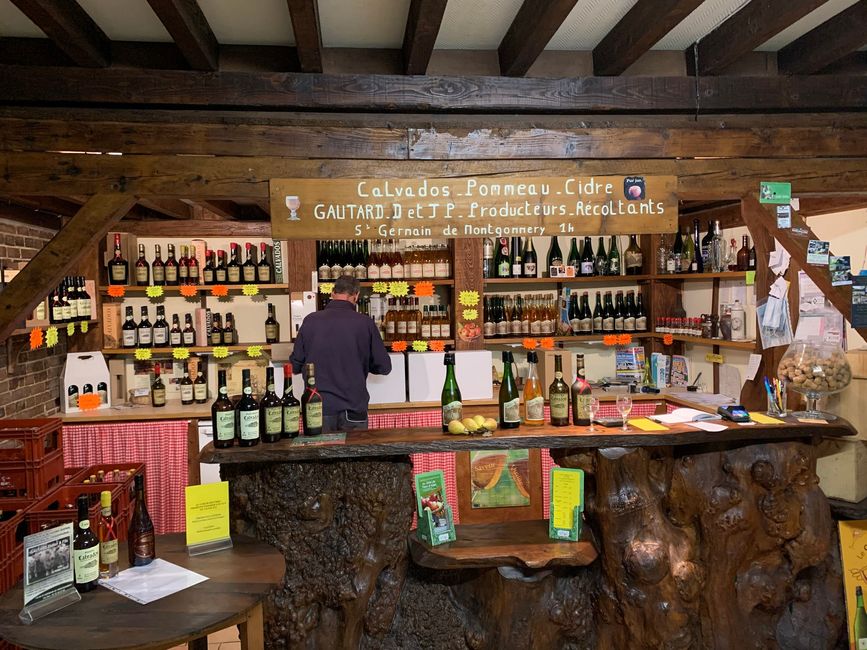
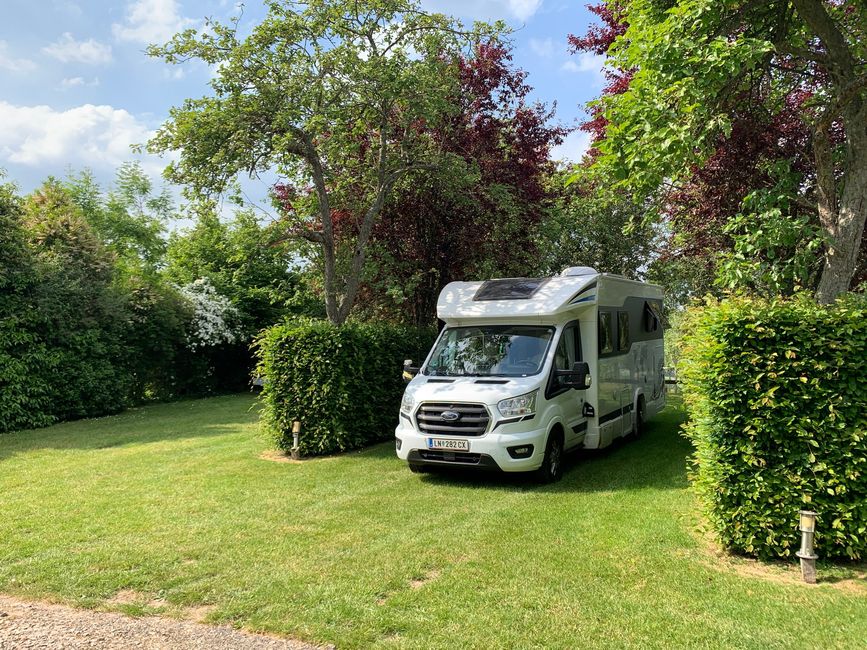
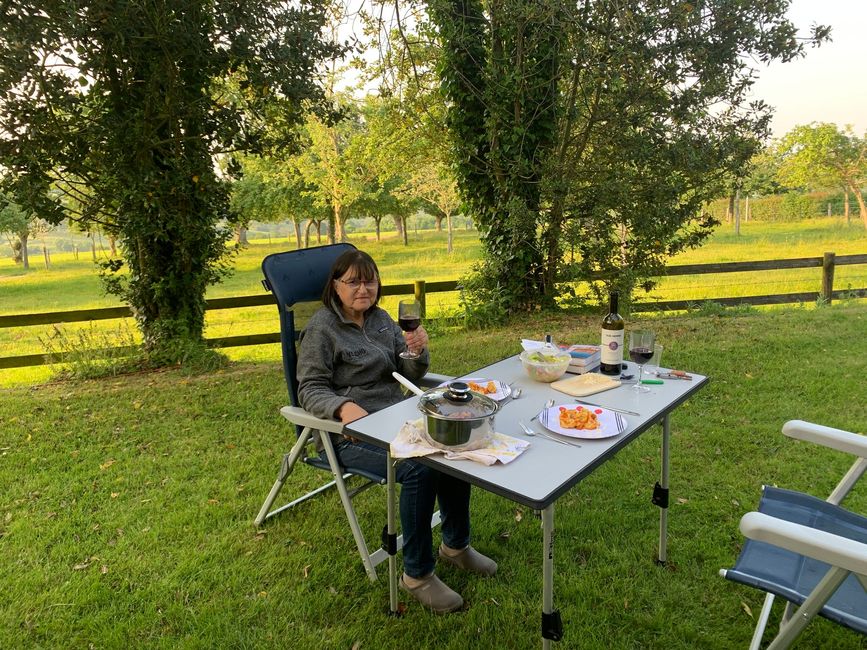
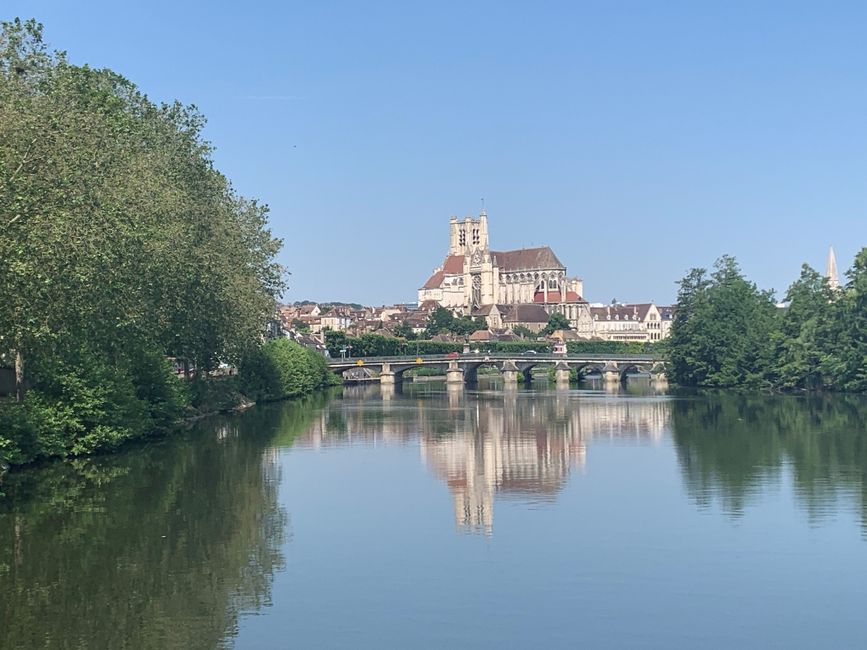
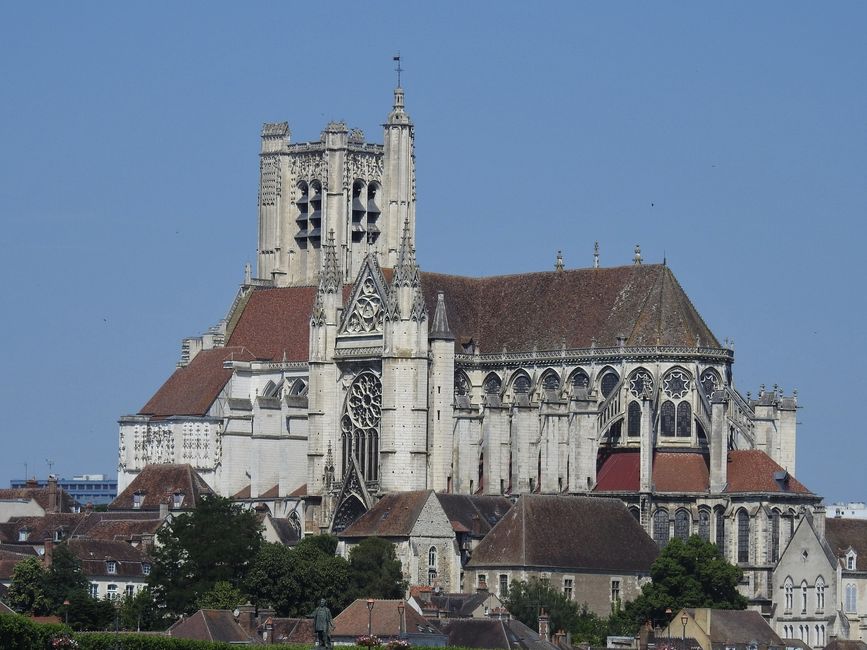
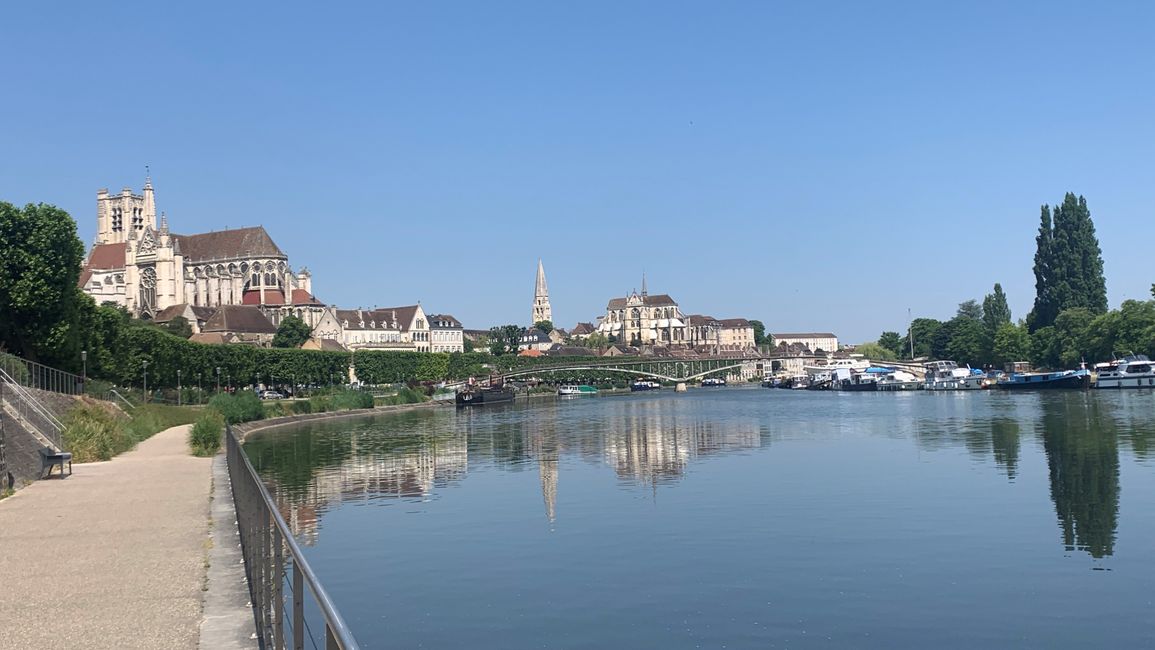
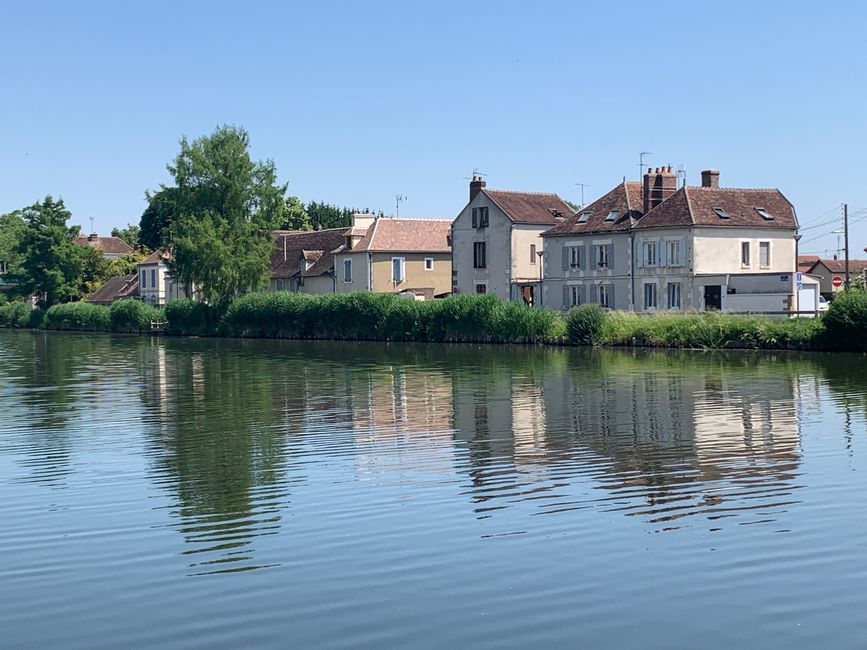
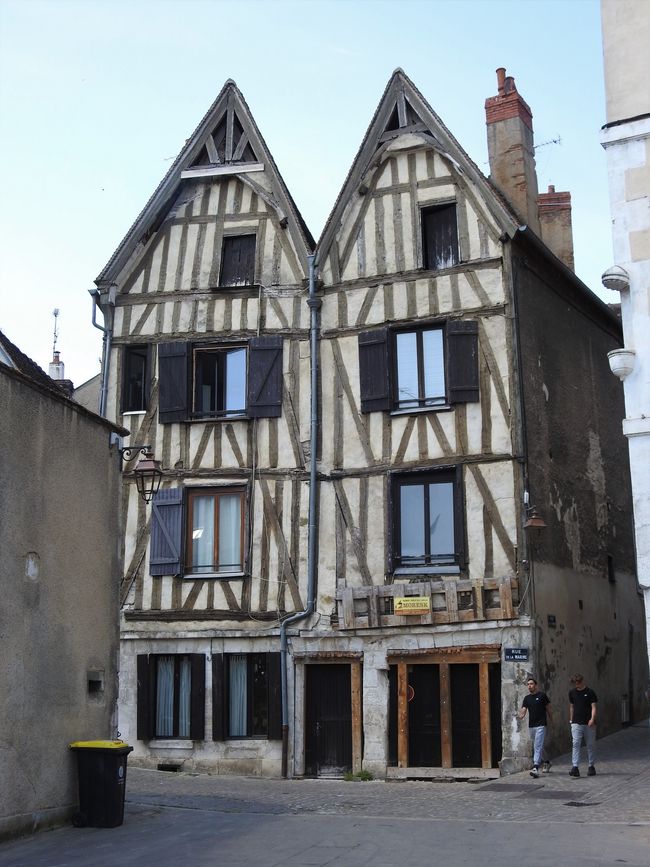
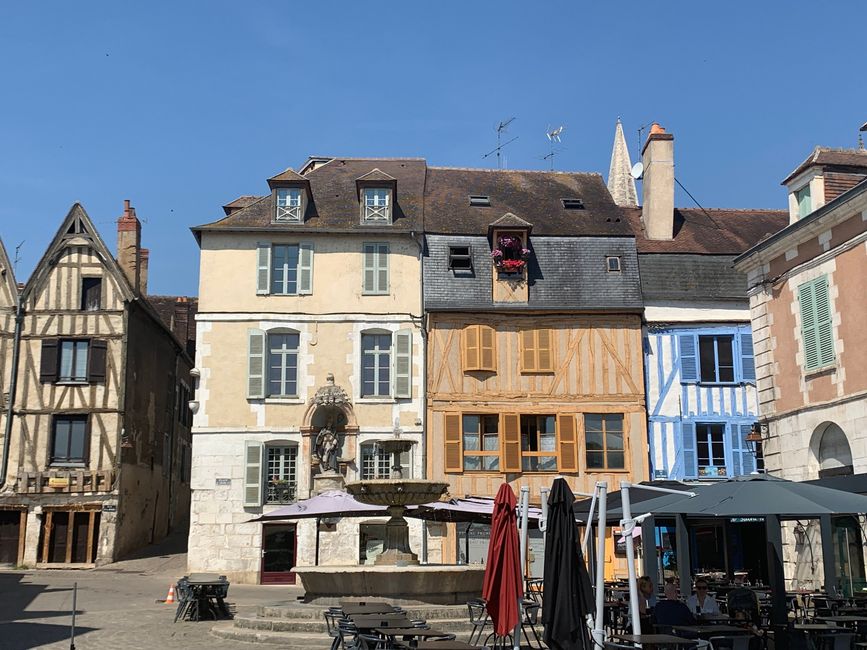
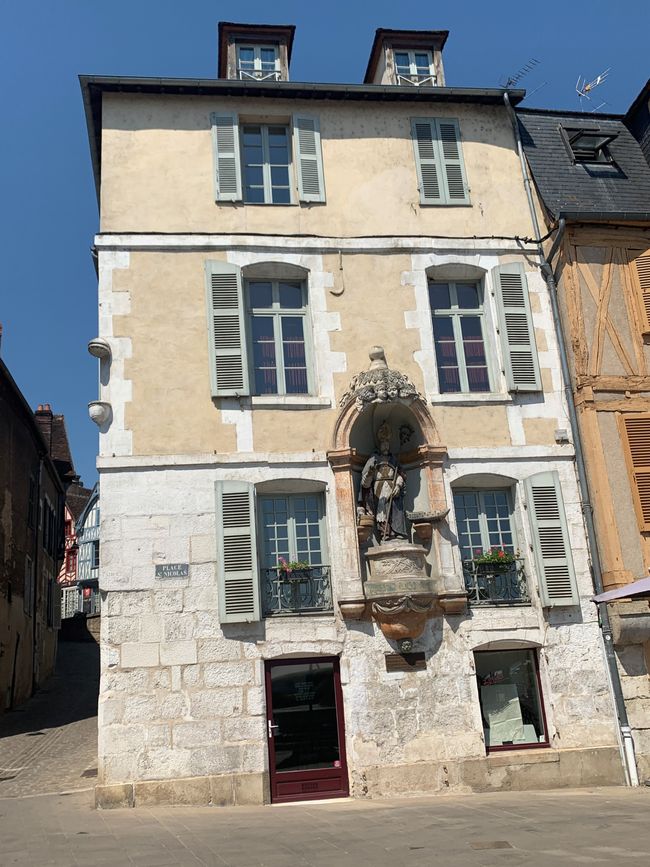
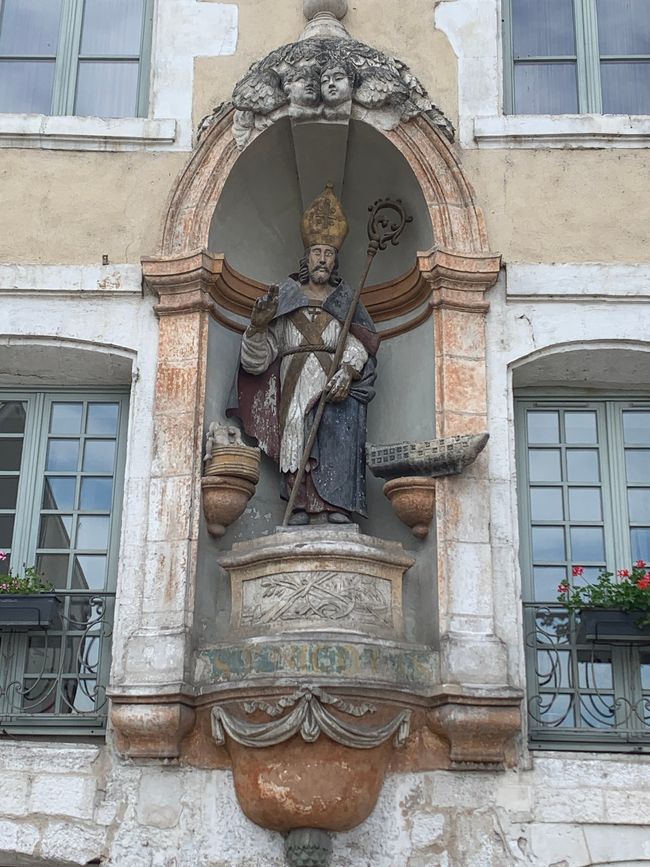
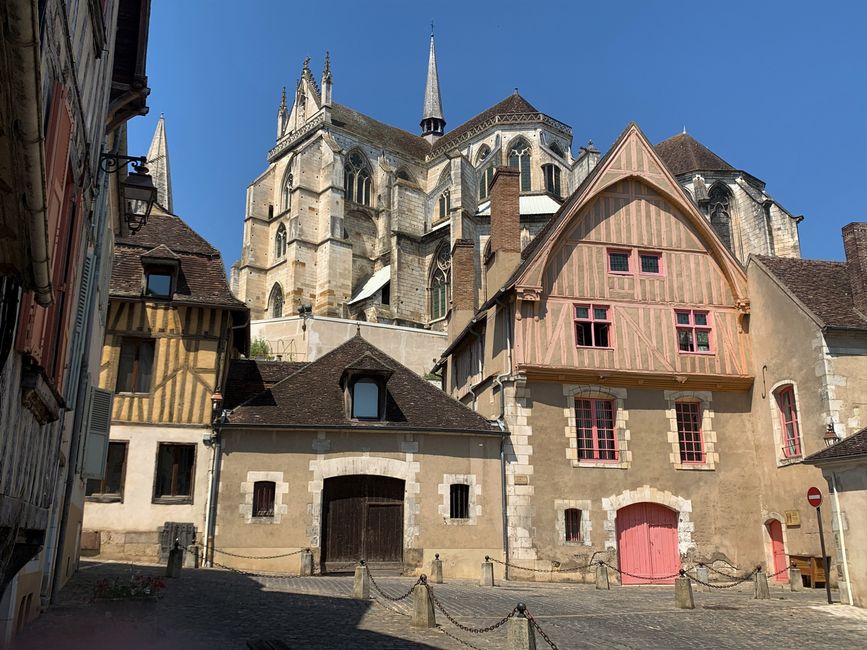
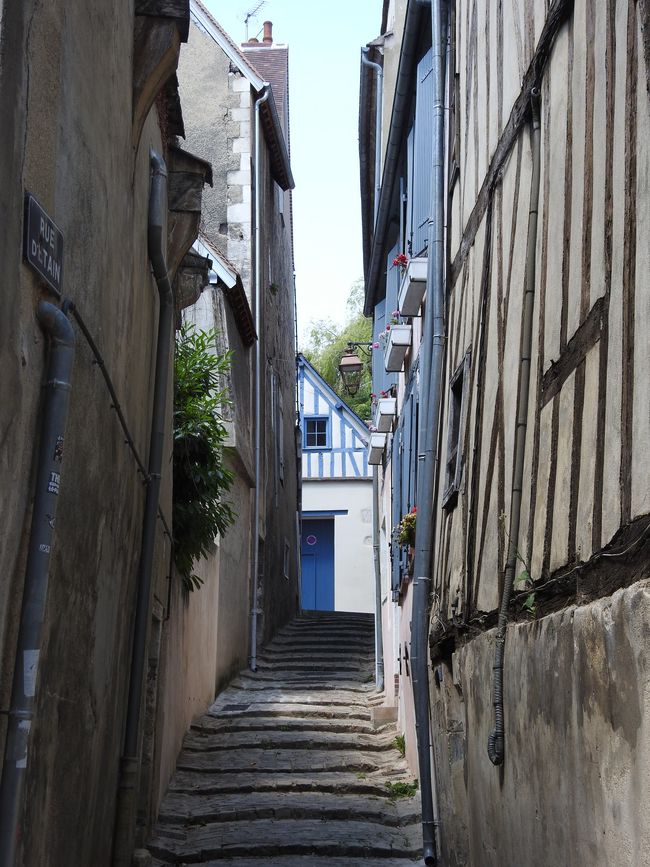
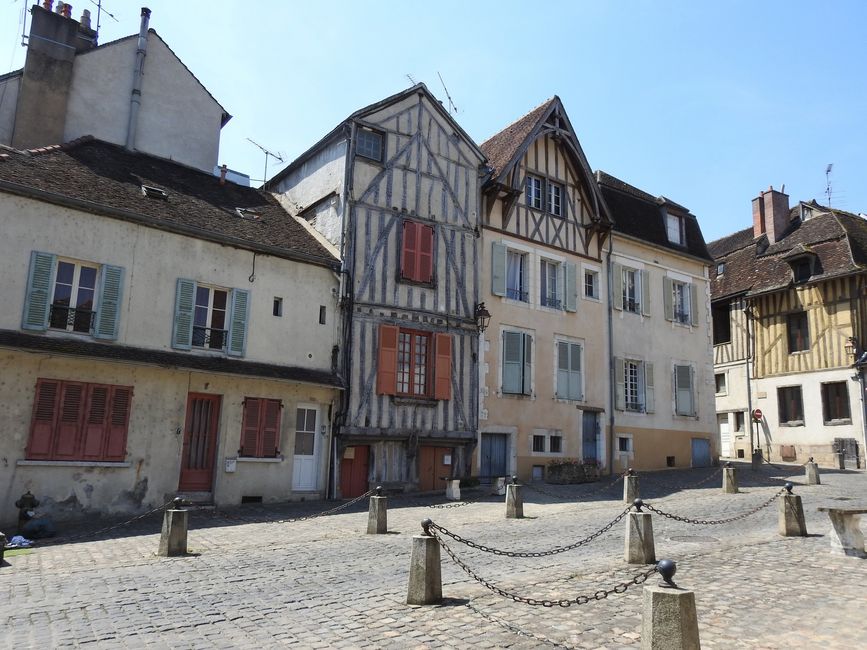
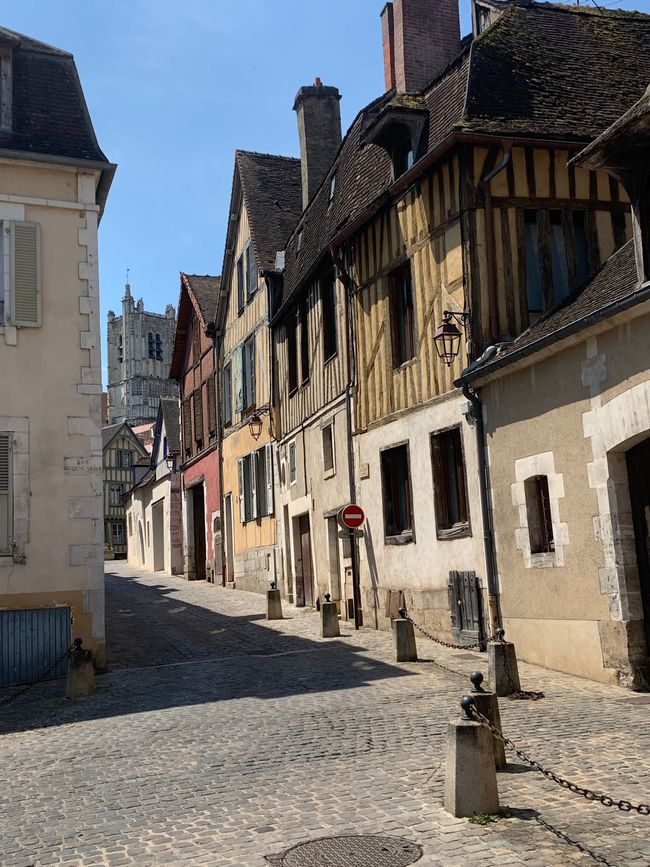
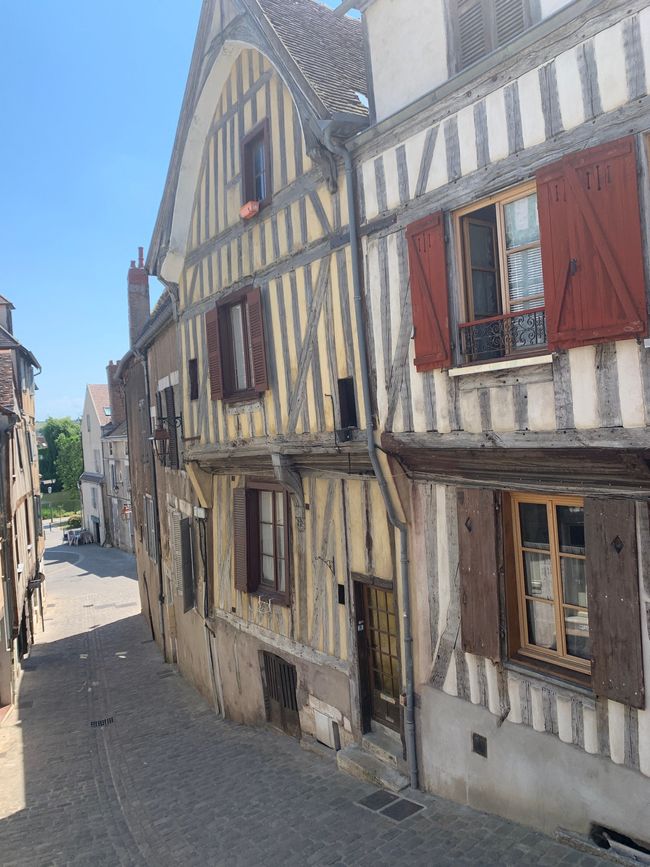
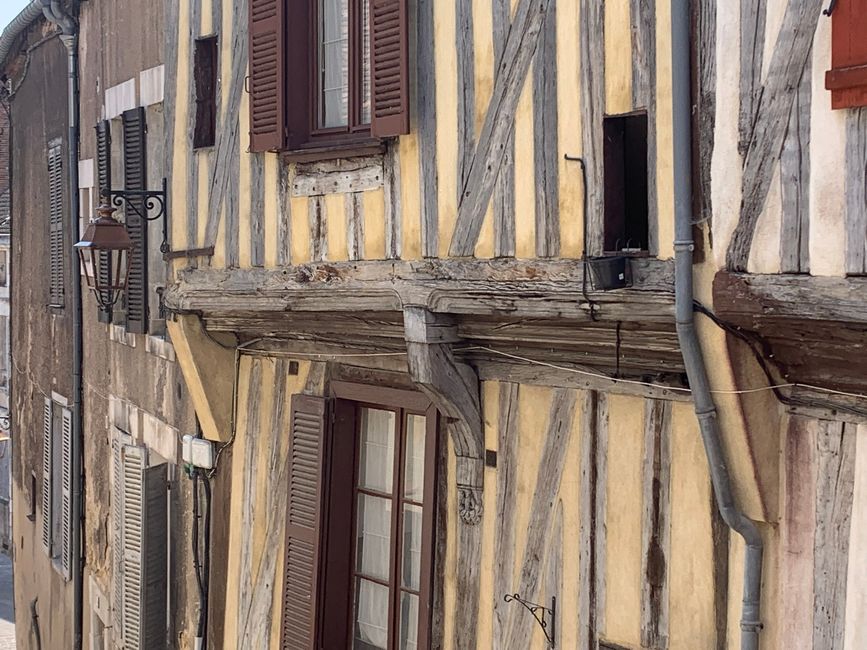
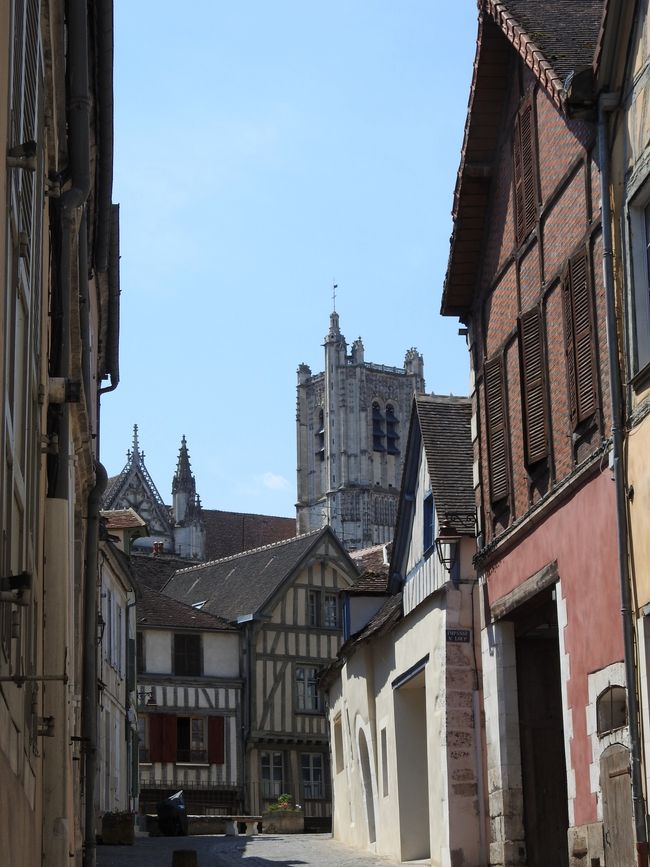
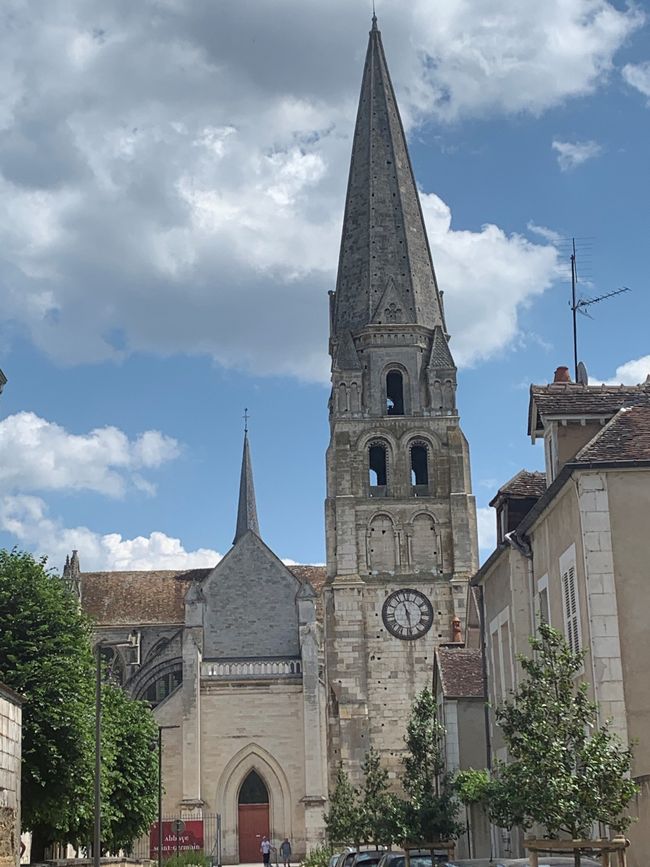
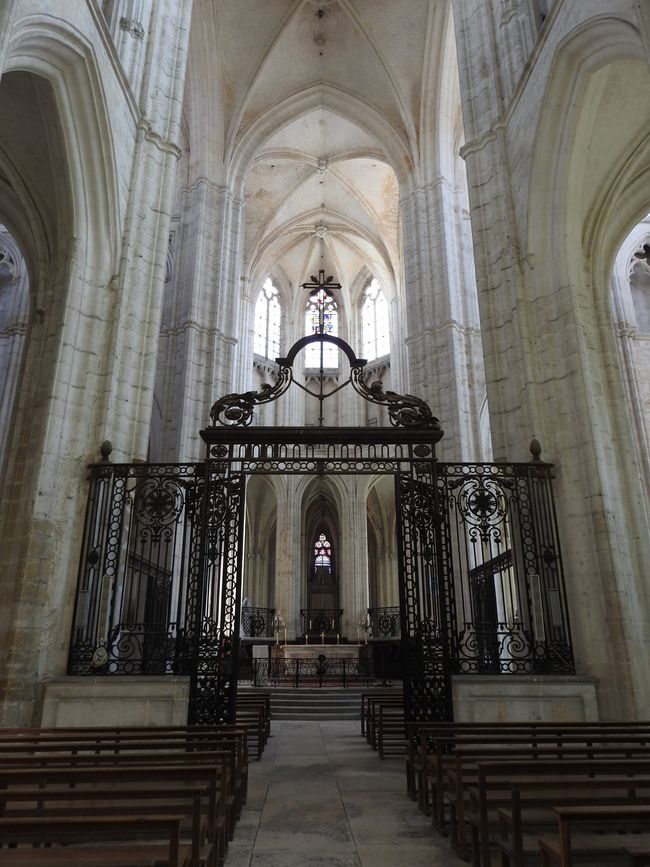
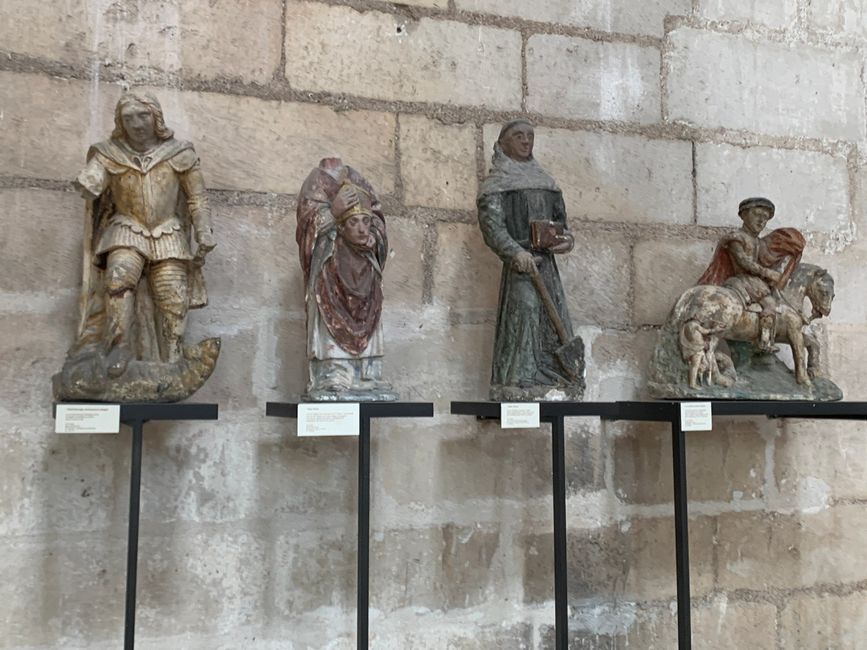
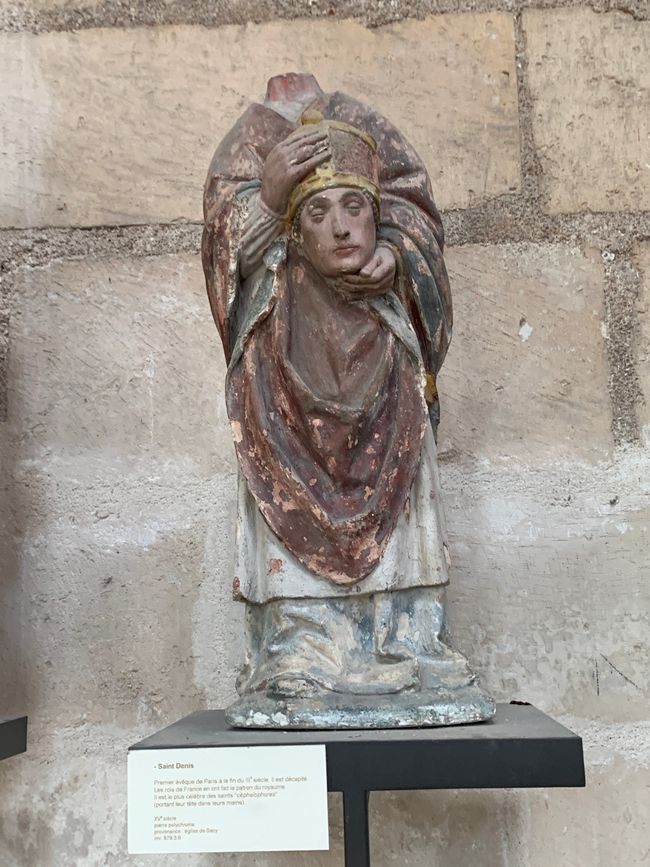
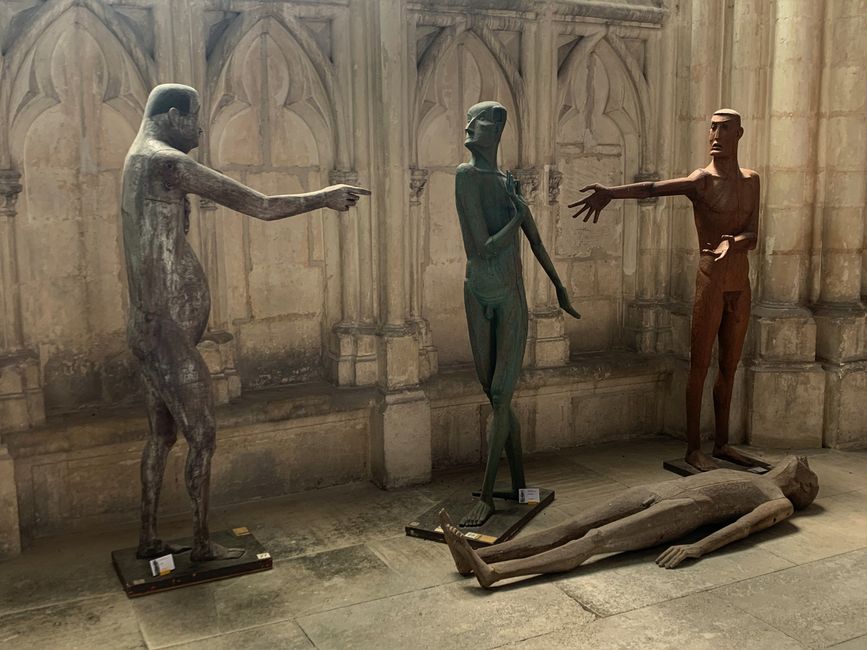
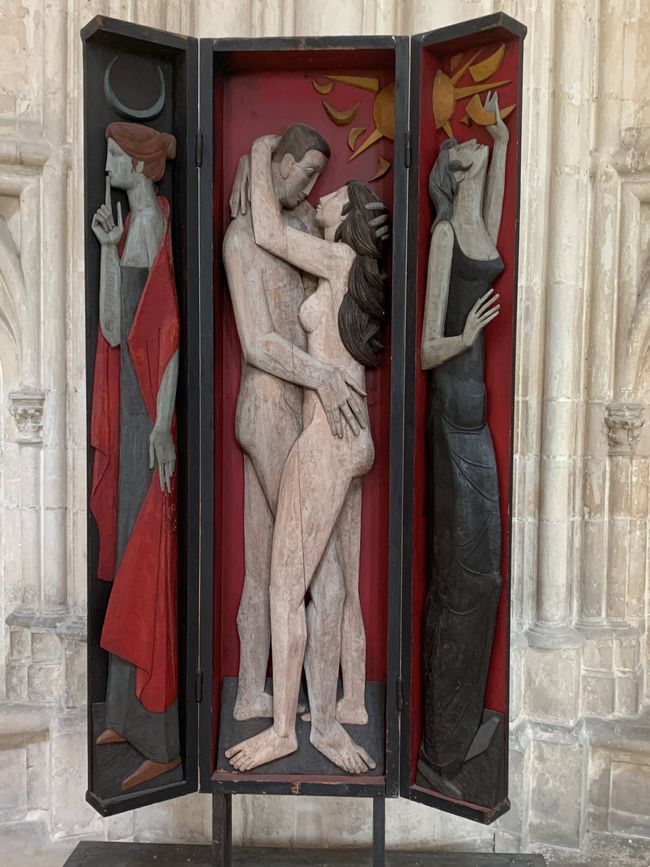
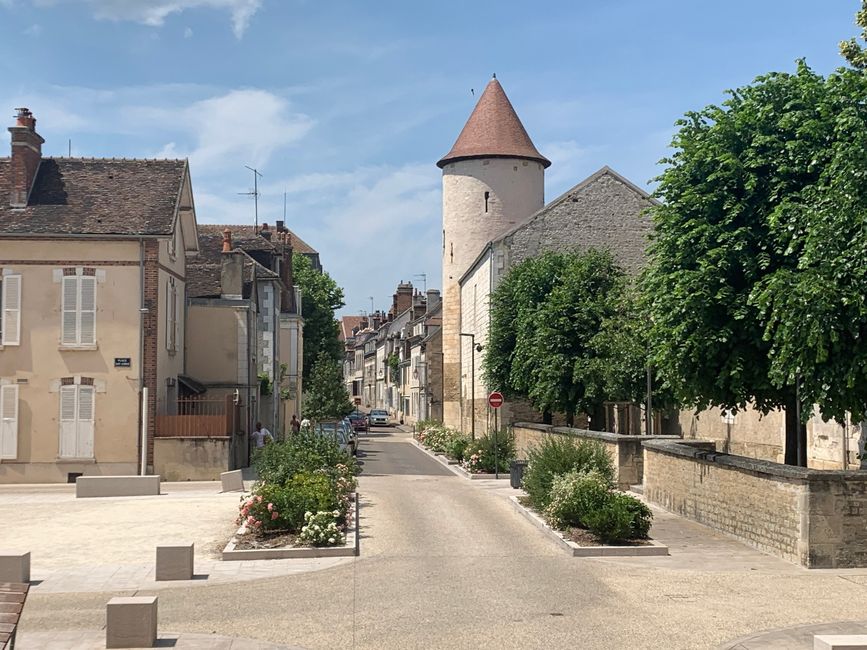
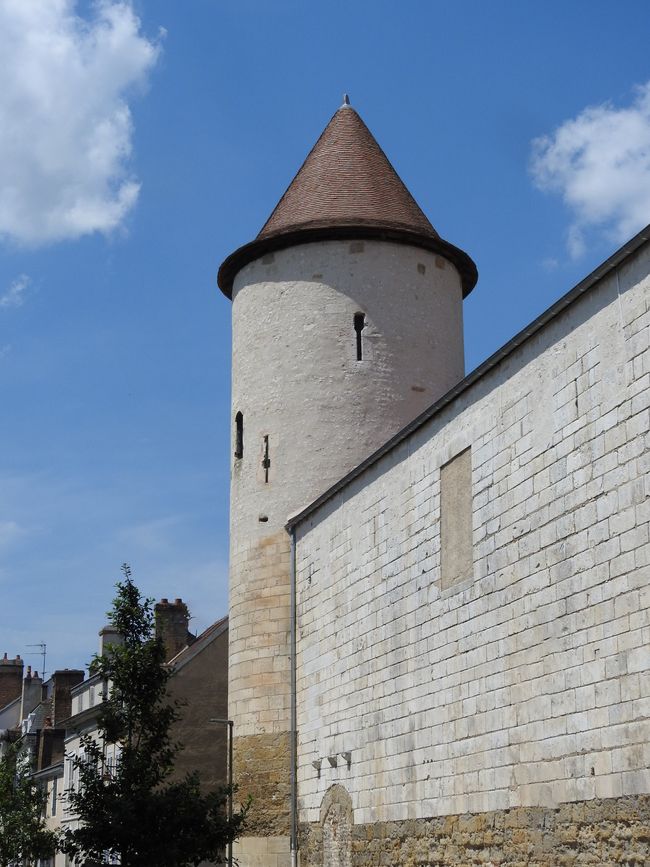
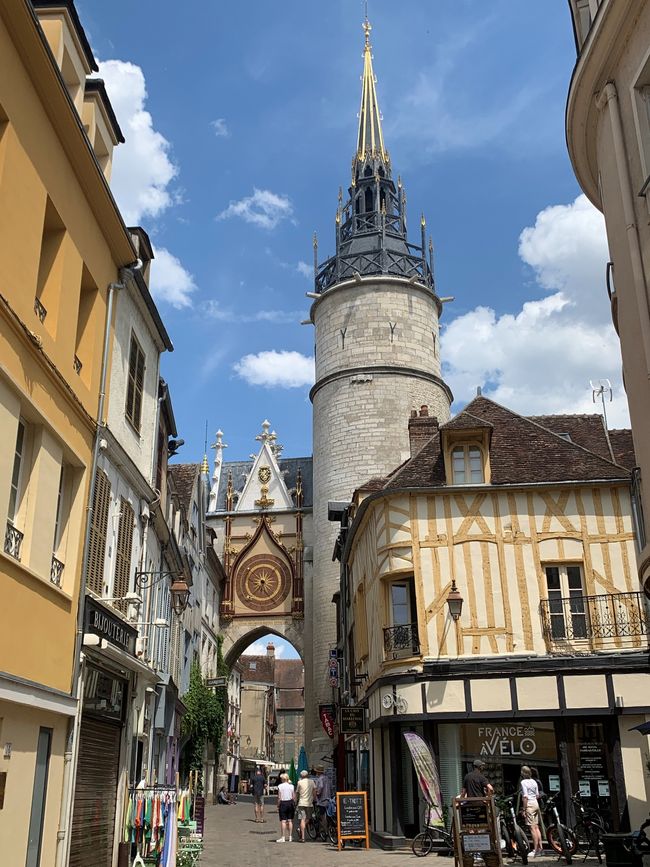
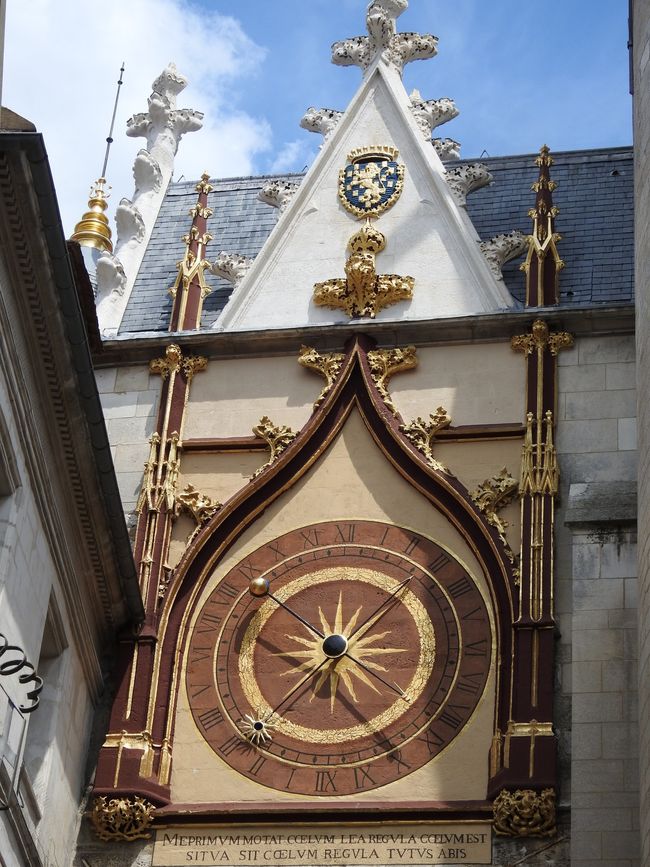
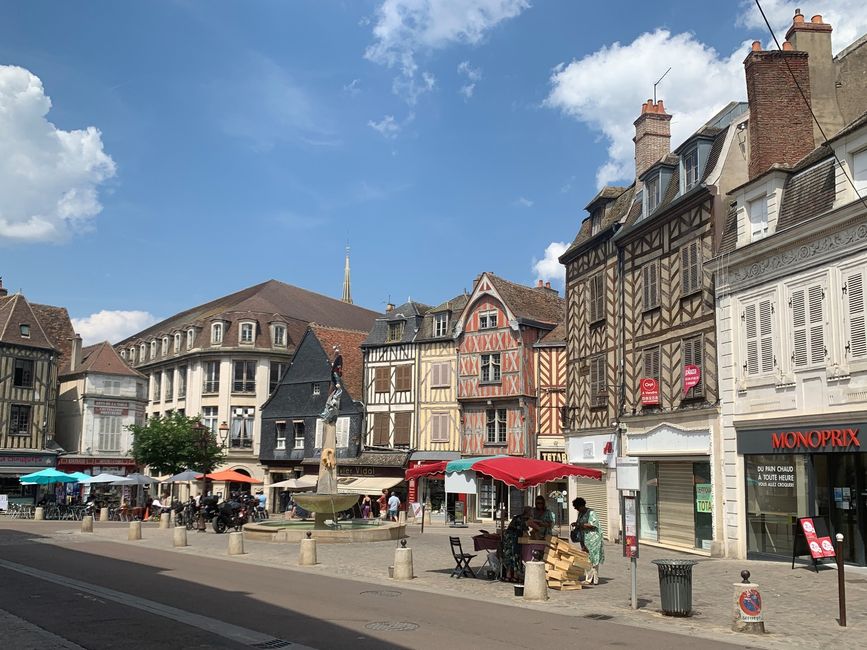
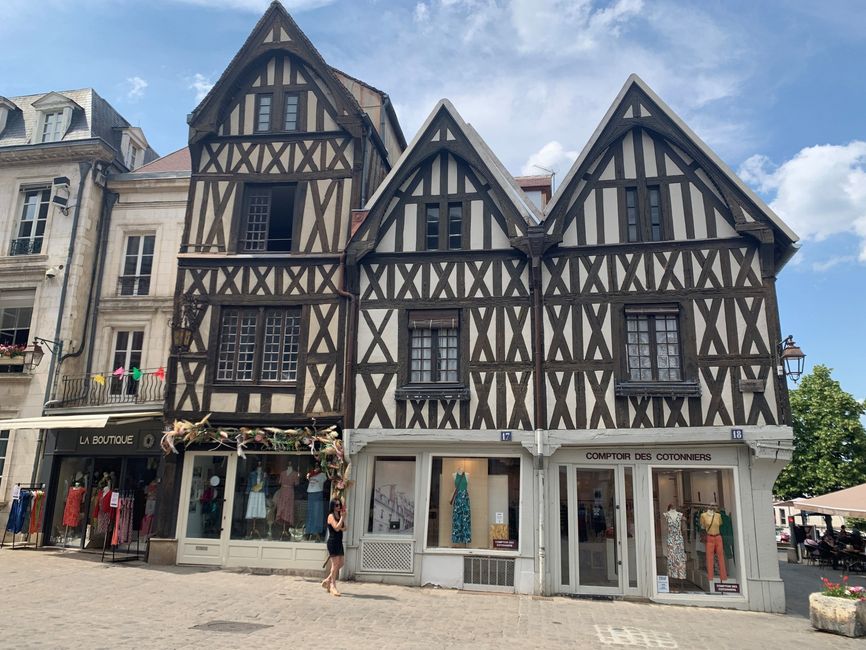
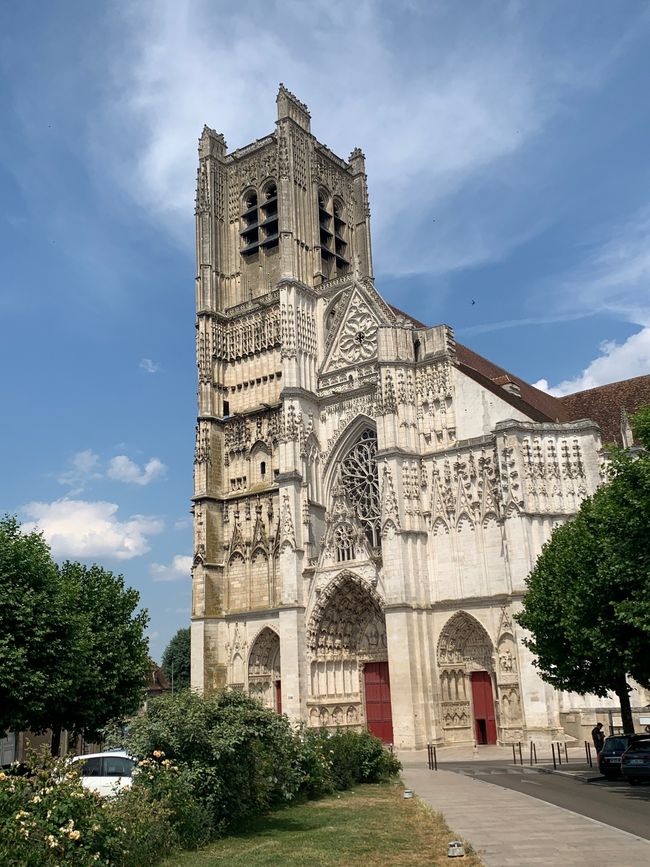
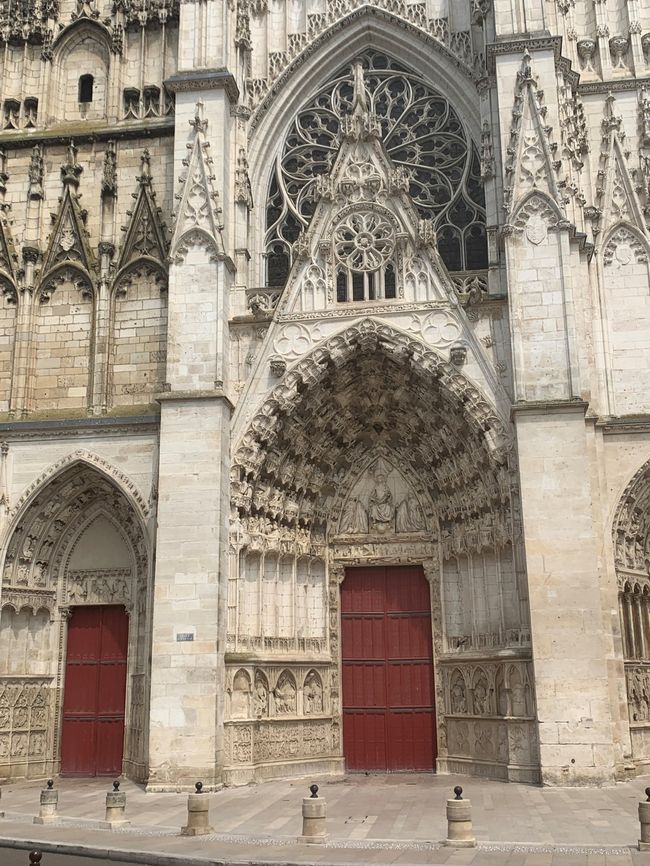
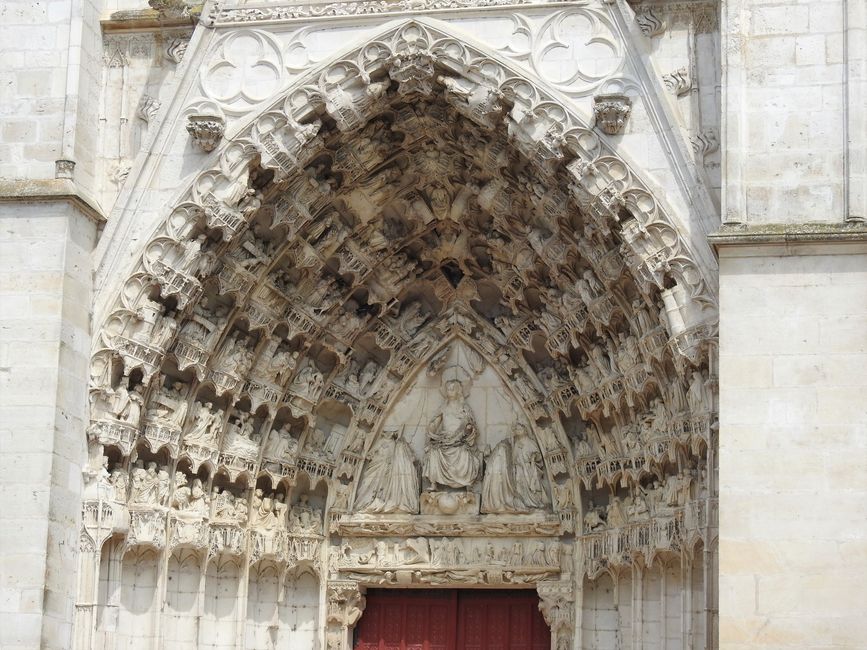
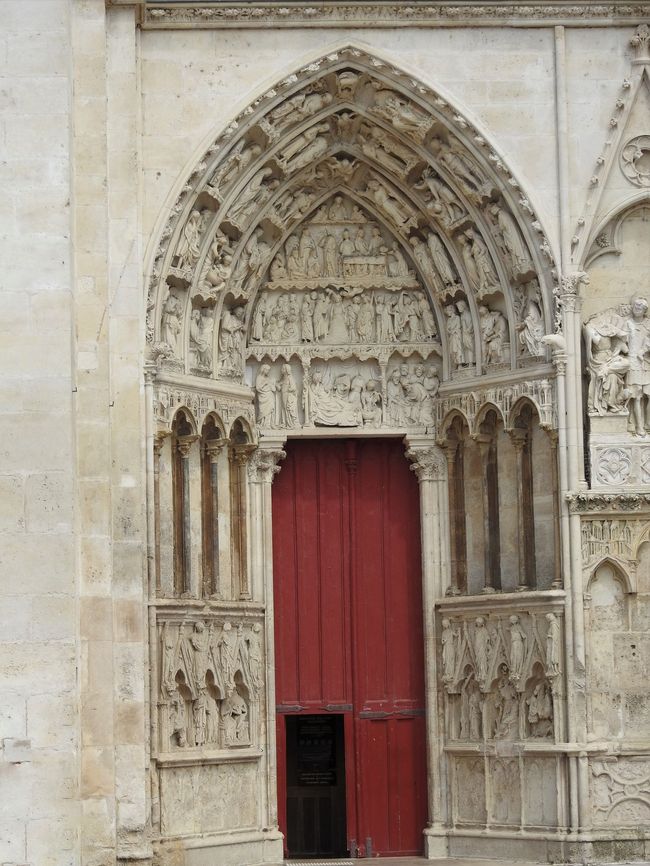
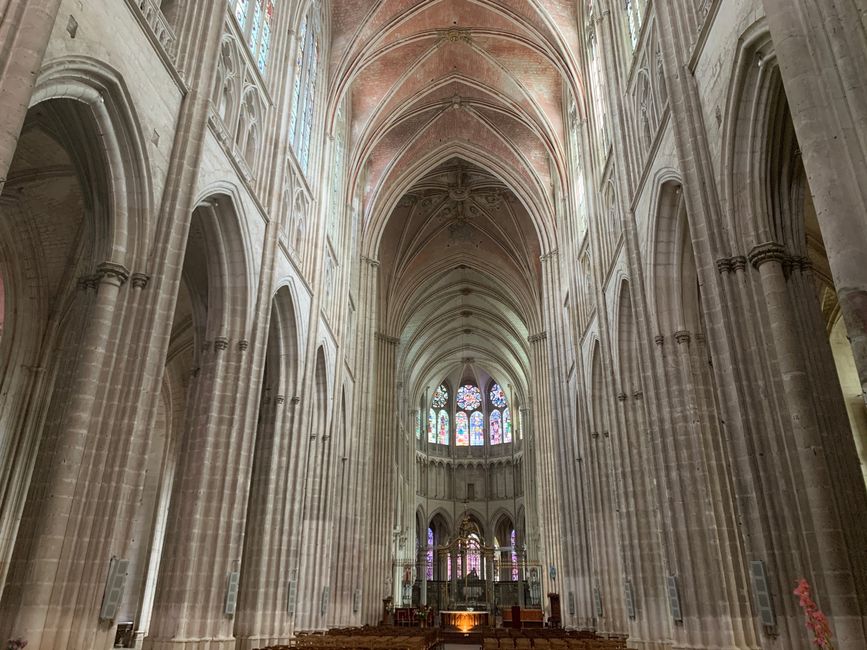
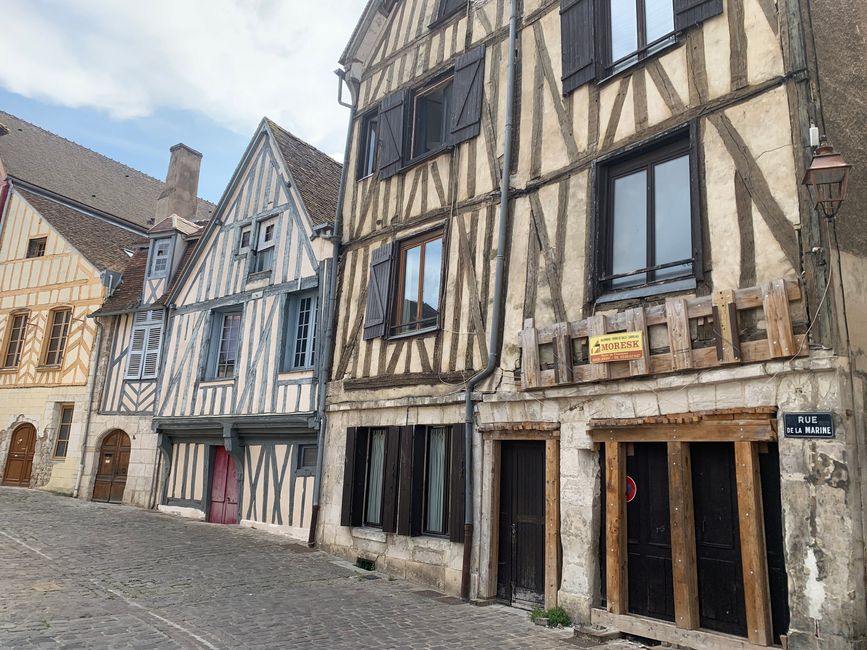
Εγγραφείτε στο Newsletter
After the very short night on the ferry, we are pretty tired in Caen in the morning, so we limit our originally planned visit to the city to shopping at the E. Leclerc supermarket - there are a lot more culinary delicacies to buy in France...
We drive directly towards the small village of St. Germain de Montgomery. We were here on our tour of France in 2020 and we have good memories of the local “Calvados farmer” Didier and his free overnight stay from the “France Passion” association, along with his excellent Calvados and Pommeau. Meanwhile, his son David is also active - he is much more economical than his father at the Calvados tasting... We also meet Didier again and although he only speaks French, we have a lot of fun with him again, he also keeps up with the times and uses the language translator of his mobile phone.
After a nice 'camper dinner' next to Didier's apple trees, we spend a quiet night and the next day we 'wind' on side roads between Paris and Le Mans in the direction of Burgundy with the first destination Auxerre. The route planners always suggest routes via either Paris or Le Mans, but the well-known traffic chaos around Paris and the upcoming 24 hour Le Mans car race at the weekend keep us away. Already on the ferry there were many Brits – some of whom were considerably drunk already – on their way to Le Mans...
'Camping Municipale' in Auxerre is well located for us - within easy cycling distance of the old town. The next day already brings quite high temperatures in the morning with bright sunshine, so that after we have parked our bikes safely in a bicycle parking lot on the edge of the old town, we first have to relax with a drink in a café on the banks of the Yonne River.
Auxerre looks back on an eventful history. In Roman times of no great importance, Auxerre had been a bishop's seat since the end of the 3rd century. In 451 it was plundered by the Hunnic troops under Attila, and in 486 it was snatched from the Romans by the Frankish King Clovis. In the Middle Ages, Auxerre was a fief to various dukes - Burgundy, Monceaux, Cahtillon. Bourbon, Burgundy again, and Chalon. In the Hundred Years' War, the English conquered and plundered Auxerre in 1358. The English then sold it back to the French king, and then Burgundy and Orleans again as dukes. With the death of Charles the Bold in 1477, Auxerre finally fell to the French crown, despite the objections of Emperor Maximilian I. Later again a pawn between France and the Habsburgs under Charles V. it was sacked by the Huguenots in 1567 and during the French Revolution I
in 1792 terrible riots broke out.
During the wars against Napoleon, Auxerre was temporarily occupied by Austrian troops in March 1814...
But things seem to have calmed down a bit since then and today the old town of Auxerre presents itself as a peaceful little town with medieval flair. The city is dominated by two churches, the Saint Etienne Cathedral, construction of which began in 1215 and is a major work of Burgundian Gothic. The current Gothic cathedral is the fifth building on this site….
In the north of the old town, we first visit the Abbey of Saint-Germain d'Auxerre. The first building of the former monastery was a simple chapel in the 5th century. The church was further expanded from the 6th to the 9th century, after fires in the 11th and 12th centuries brought further changes - the Gothic new building that had begun was left unfinished at the end of the 14th century.
Partially destroyed by the Huguenots in the 16th century, the monastery was secularized in 1810 and the church was partially demolished as a result, so the south tower that has been preserved is not connected to the basilica today.
As a strong contrast, we can admire some sculptures by contemporary artists in the church - an interesting interplay.
Strolling through the picturesque streets is fun despite the heat, so we come to the old city gate and the Tour Gaillarde, the clock tower from 1483, in which an astronomical clock has been working since the 17th century.
Of course, the high temperatures make it necessary to take some breaks, but there are enough cafes and restaurants here.
Εγγραφείτε στο Newsletter
Απάντηση
